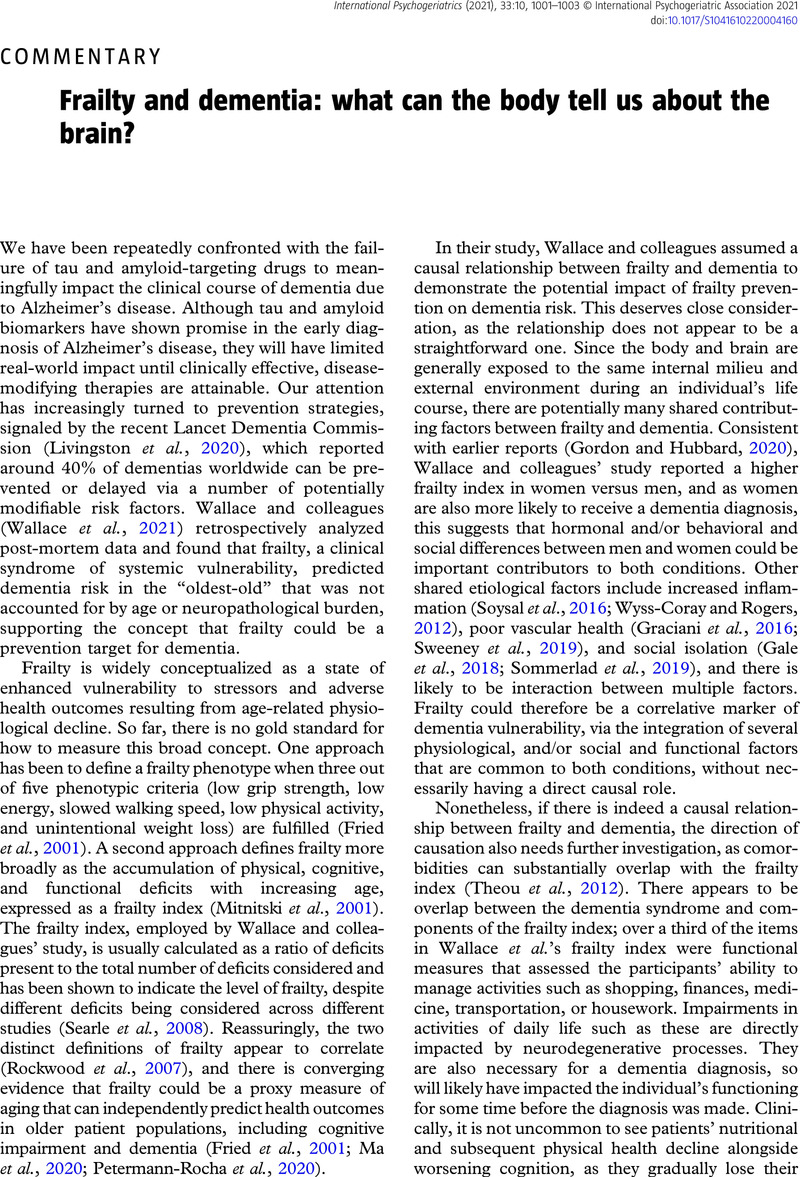Crossref Citations
This article has been cited by the following publications. This list is generated based on data provided by Crossref.
Zhou, Qi
Li, Yao
Gao, Qiang
Yuan, Huiping
Sun, Liang
Xi, Huan
and
Wu, Wenbin
2023.
Prevalence of Frailty Among Chinese Community-Dwelling Older Adults: A Systematic Review and Meta-Analysis.
International Journal of Public Health,
Vol. 68,
Issue. ,





